Bali’s famous rice terraces are bustling with activity this month – here’s where to go instead!
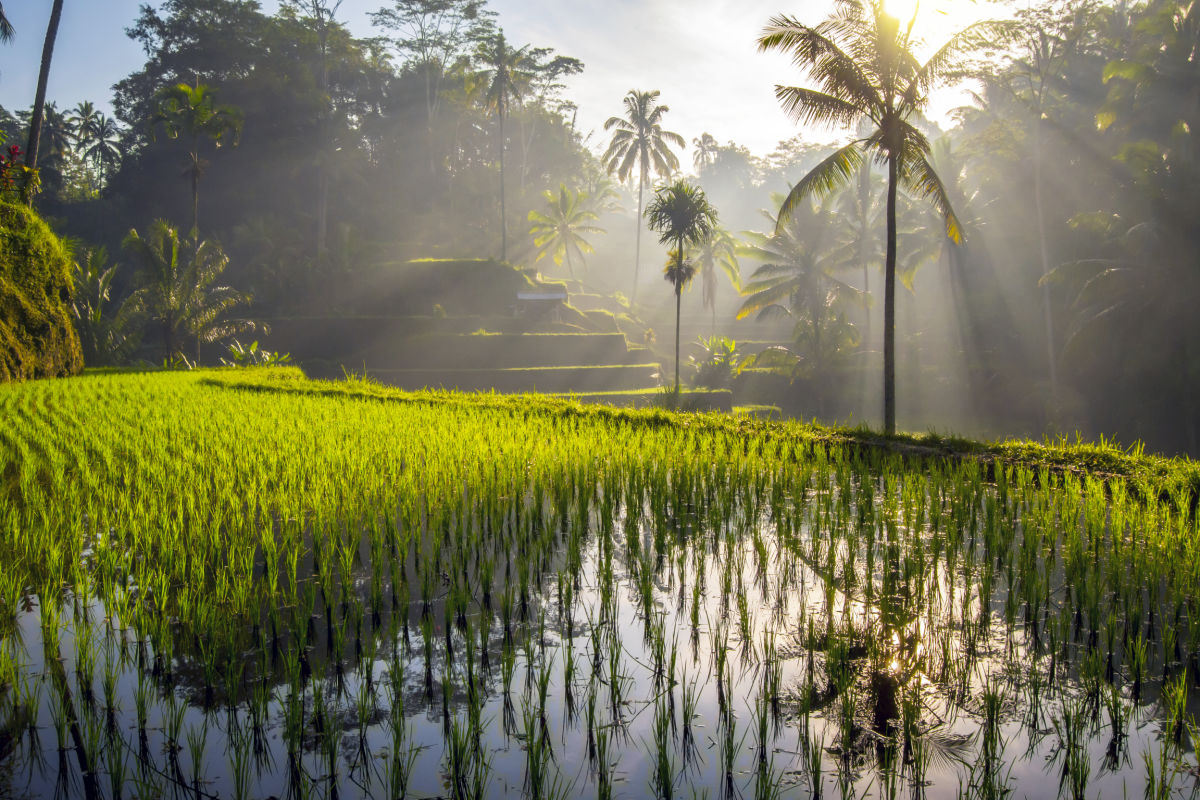
Share the article
Bali’s world-famous Jatiluwih Rice Terraces are seeing record numbers of visitors this month, and the Tegalalang Rice Terraces are also bustling with activity!
With an average of 1,750 tourists exploring the UNESCO World Heritage site every day, tourists who want to avoid the crowds must venture off the beaten track.

The rice terraces of Jatiliwih are among the most important landscapes in Bali and have therefore been declared a UNESCO World Heritage Site.
The landscape is an agricultural production zone and plays a crucial role in the ecology of the entire island.
For those who are determined to visit the Jatiluwih Rice Terraces, this is by no means an invitation to avoid this attraction altogether, but rather to be a little more strategic about when you plan your visit.
Arrive at the rice terraces either when the reception opens or in the late afternoon when the tourist buses have already started their journey home.
The management team of Jatiluwih Tourism Village is working to improve services and implement sustainable and regenerative tourism principles. Jatiluwih Operations Manager Jhon Purna explained to reporters how tourists can easily make the most of their visit to this iconic landscape.
Purna said tourists must “obey regulations and keep the environment clean. Use the services of a local guide to get more comprehensive information about Jatiluwih. Buy local products to support local communities and respect local culture and traditions.”
Visiting Jatiluwih Rice Terraces is an affordable and easily accessible day trip for Bali tourists. The site can be reached in 60-80 minutes by car from Seminyak and Canggu, or in 90 minutes from Ubud. The entrance fee is 50,000 IDR for foreign adult tourists and 40,000 IDR for children. Domestic tourists pay 15,000 IDR and children 5,000 IDR.
In addition, it is now possible to use the new free electric shuttle bus service. Earlier this month, Purna confirmed that the buses can accommodate up to 14 people and are available to everyone, rather than being reserved just for visitors with special accessibility needs.
The shuttle bus service is currently being operated on a trial basis, but if successful, it will be expanded into a permanent service in the future.
It is not only the rice terraces of Jatiluwih that attract the crowds during this peak season, but also the rice terraces of Tegalalang.
The rice terraces of Tegalalang are located 20 to 30 minutes by car from the center of Ubud and are often even more visited than Jatiluwih due to their proximity to the art and culture capital.
The rice terraces of Tegalalang are magical. In contrast to the rice terraces of Jatiluwih, they are more of a setting for Bali swing experiences and are a little more built up.
Day clubs like Cretya Ubud have sprung up on the edge of the rice fields, offering tourists the experience of a beach club with views of the jungle and rice fields.
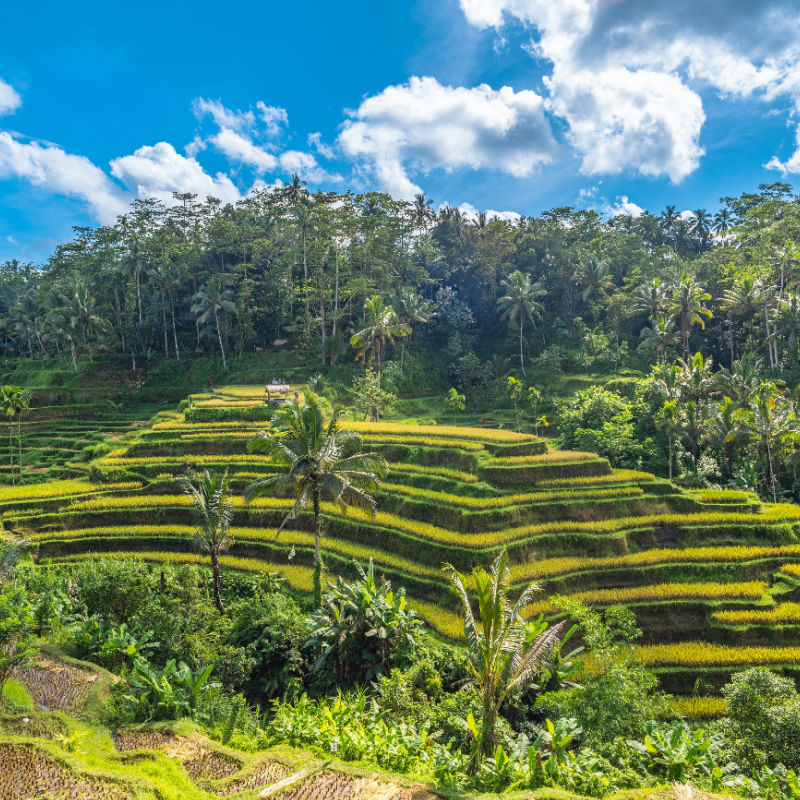

There are some alternatives for tourists who want to avoid the crowds in the rice fields this season.
If you really want to immerse yourself in the culture and learn more about the culture of rice farming in Bali and the relationship of the Balinese people to their land, you should definitely book a farm tour with Astungkara Way.
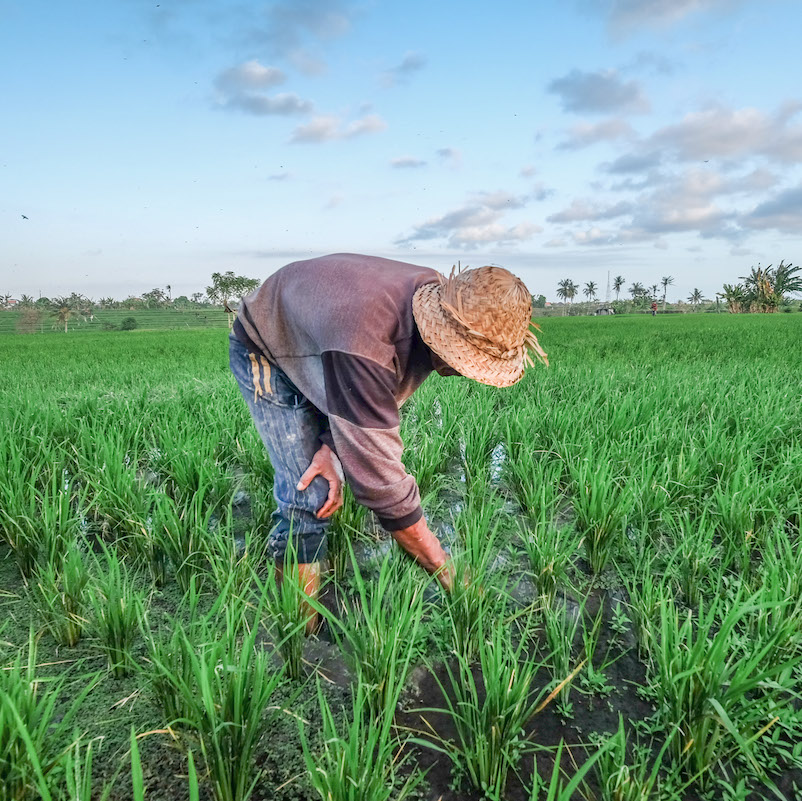
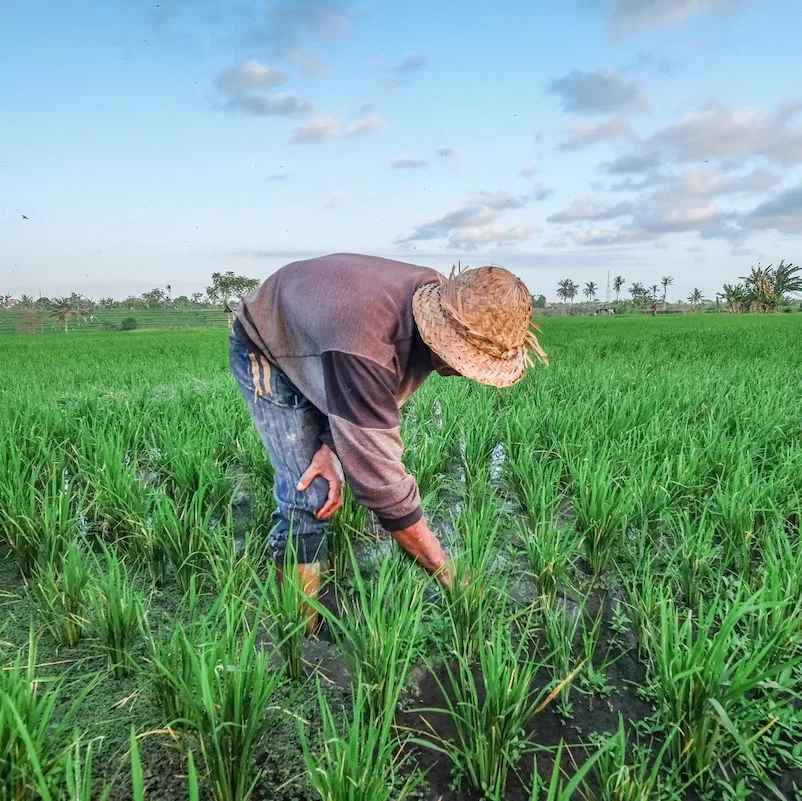
On a half-day tour of Astungkara Way Farm in Tabanan Regency, guests can learn hands-on about rice farming, which also helps combat climate change, as well as feed ducks, plant seeds, weed and help the team with the day’s project.
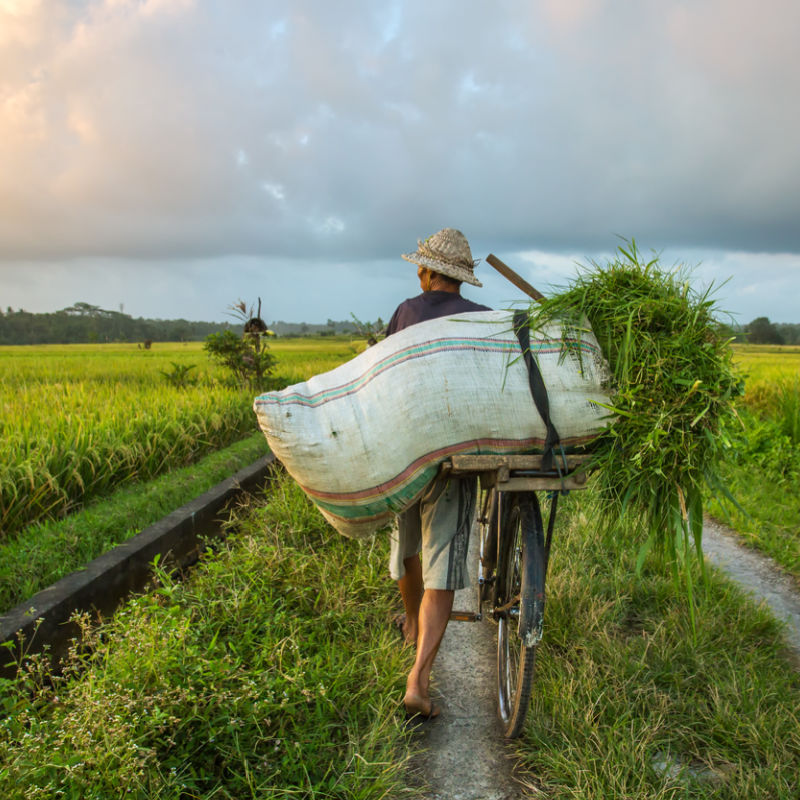
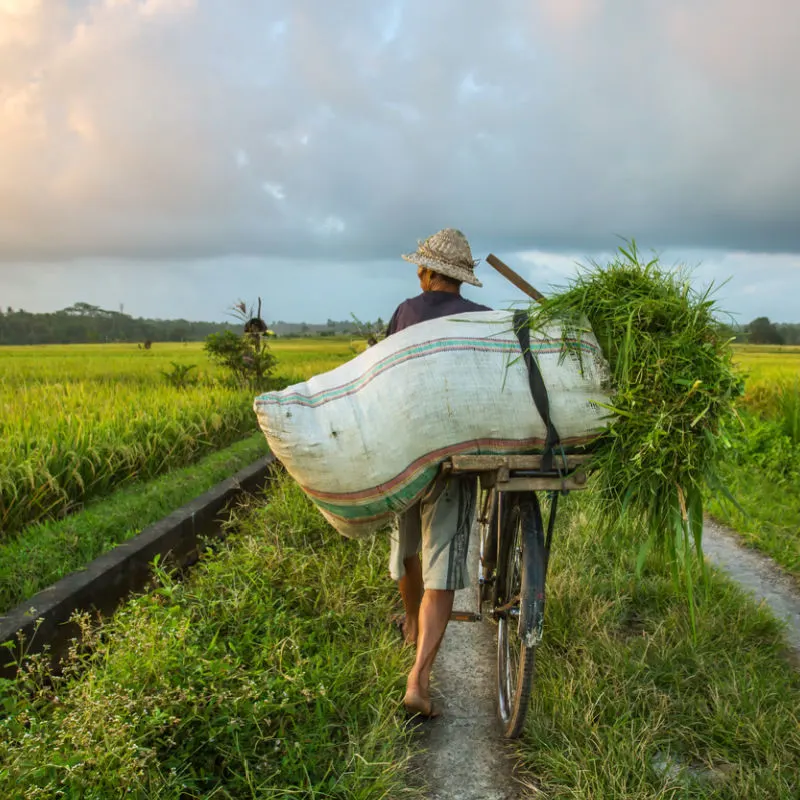
Tourists who prefer to explore on their own should visit the rice terraces in Sideman village.
Tourists are always reminded that although rice fields are incredibly photogenic, they are first and foremost a crop and livelihood for farmers.
Tourists should be careful where they walk, stay on the trails, and take photographs respectfully and in a culturally appropriate manner.



